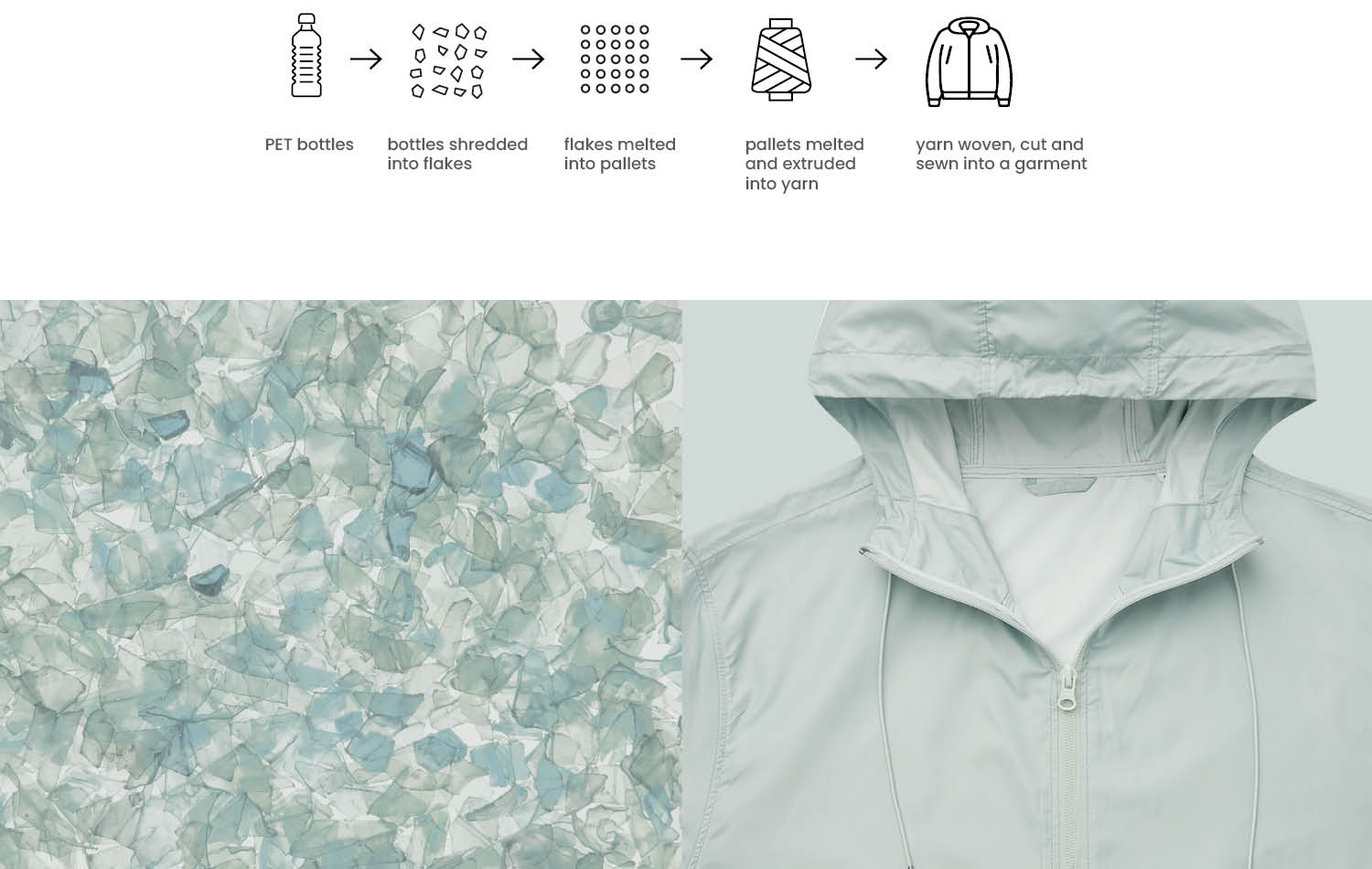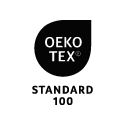3: Recycled polyester
In the world of textile, recycled polyester emerges as an unsung hero, a synthetic fiber born from post-consumer PET bottles, and it’s a star player in iqoniq’s low-impact collection. This marvel upholds the same quality standards as virgin polyester, offering equal strength, elasticity, durability, and colorfastness.
What sets recycled polyester apart is its ability to sidestep the petroleum-based production process, conserving precious natural resources. However, the ecological upsides do not end there. Crafting recycled polyester consumes less energy, emits fewer CO2 emissions, and demands less water, all while sparing the planet from the plague of non-degradable waste.
But let’s face the facts. Recycled polyester, like its virgin counterpart, confronts a significant challenge at the end of its lifecycle – it is not biodegradable. That is where iqoniq’s mission comes into play. Not only do we create high-quality products from discarded materials, but we also prioritise mono materials, simplifying the second wave of recycling where only mono materials can be reprocessed.
Together, let’s promote low impact clothing and contribute to an environmentally conscious future for the planet.






